Winter wildlife in the Chesapeake Bay watershed
The mid-Atlantic boasts a variety of wildlife viewing opportunities for year-round nature seekers.
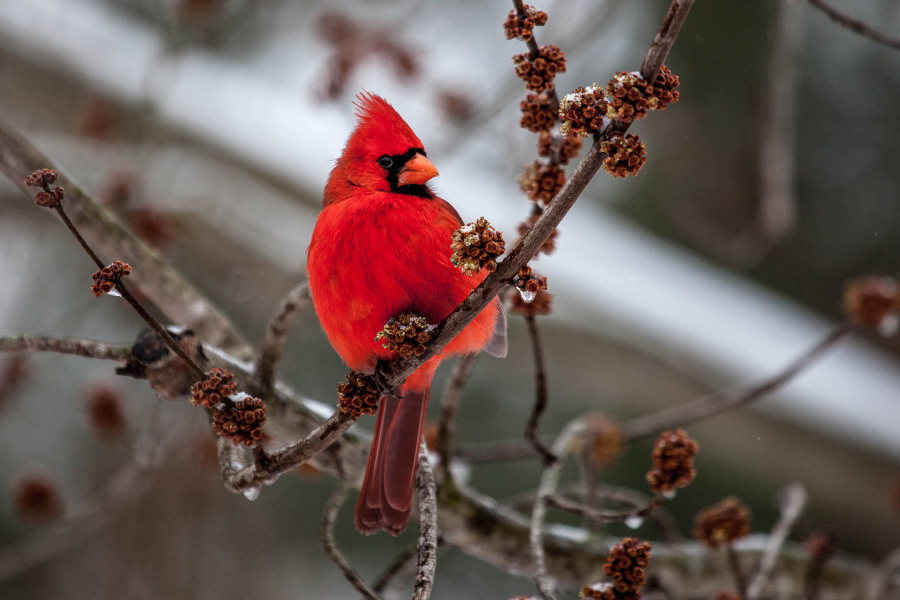
Winter can be a wonderful season for bird watchers and wildlife seekers in the Chesapeake Bay watershed.
Parks, wildlife refuges and backyards around the region provide a range of habitats for animals that have adapted to spend the cold winter months in the mid-Atlantic.
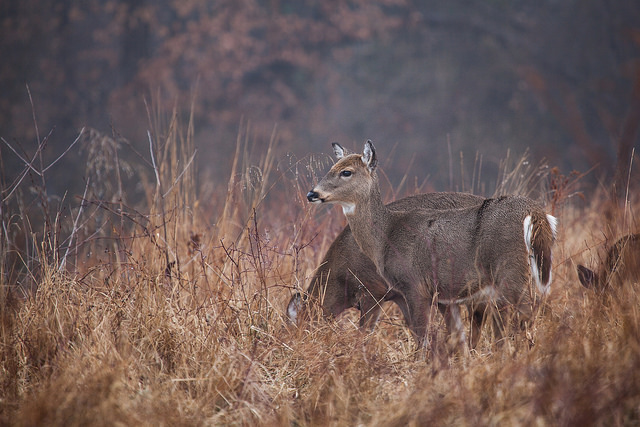
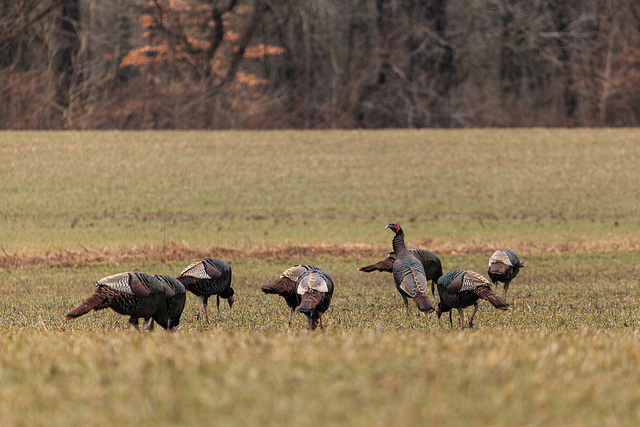
Game species like the white-tailed deer and wild turkey are often seen in wildlife refuges and agricultural fields adjacent to wooded areas, where they can find protective cover and food. Both deer and turkeys can be found throughout the watershed year-round and are valued by the region’s many hunters.
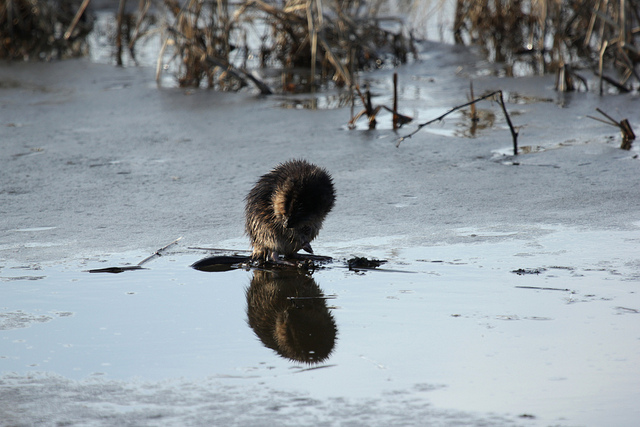
While cold-blooded species—insects, worms, reptiles and amphibians—and some mammals—the black bear, woodchuck and chipmunk—hibernate in the winter, mammals like the muskrat, gray squirrel and fox remain active and visible year-round.
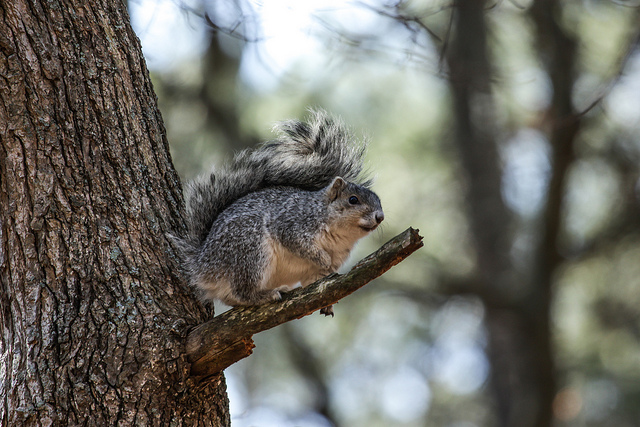
The Delmarva fox squirrel is another such mammal. The endangered species can be found in small, isolated populations on the Delmarva Peninsula, and forages for nuts, seeds and acorns in quiet wooded areas throughout the year.

The Bay is renowned for its waterfowl habitat and is visited each year by an estimated 75 percent of the waterfowl that migrate along the Atlantic flyway. According to the Maryland Department of Natural Resources (DNR), approximately 1 million ducks, geese and swans overwinter in the watershed.
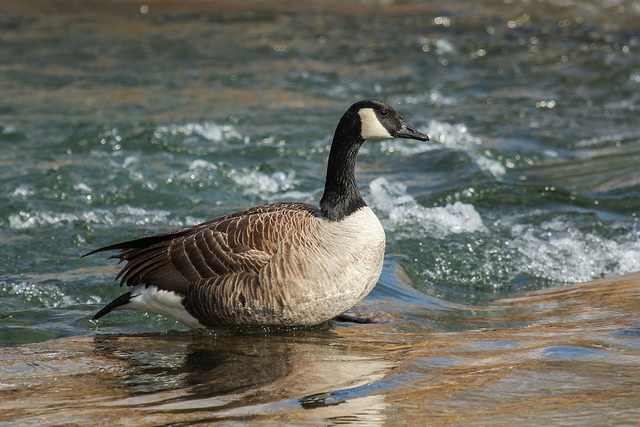
The most prolific species of migratory waterfowl in the watershed is the Canada goose. Frequently seen in farm fields and near lakes, rivers and streams, they are an important game species that, because of their foraging habits, can damage farms and vital habitats when gathered in excessive numbers. A lack of natural predators and an increase in available food during winter months means that some Canada geese now reside in the area year-round.

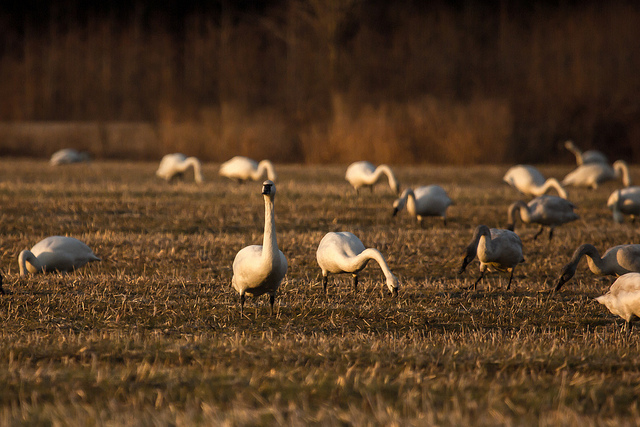
Snow geese and tundra swans breed in the Arctic, travel down the Atlantic flyway and overwinter along the Bay. Although the white birds may look alike at first glance, snow geese are smaller and stouter and travel in large flocks. Tundra swans, on the other hand, are larger birds with long necks and black bills. Both species can be seen near open water or blanketing agricultural fields while foraging for food.
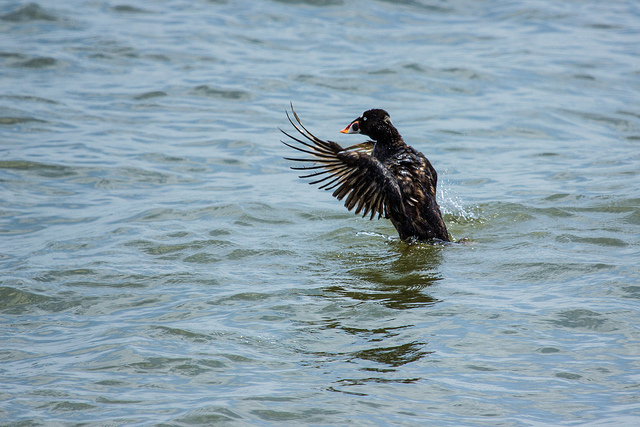
Even the Bay’s shoreline remains an active habitat during the winter. From the coast, surf scoters and other sea ducks can be seen diving for buried crustaceans.

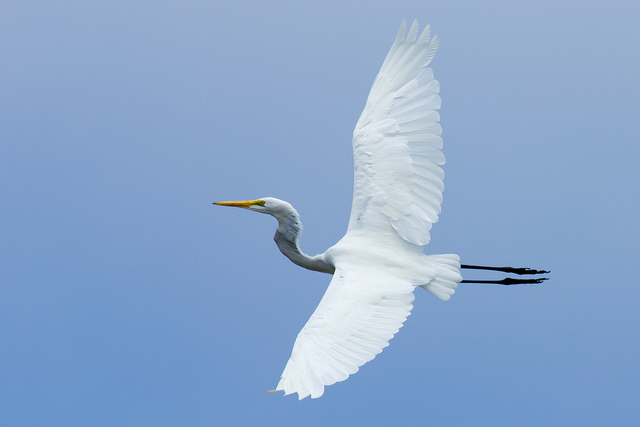
Iconic wading birds like the great blue heron and great egret make for memorable viewing experiences. Found at wildlife refuges and along rivers and streams, the long-legged birds move slowly while hunting for food, but strike quickly at fish, frogs and other prey.
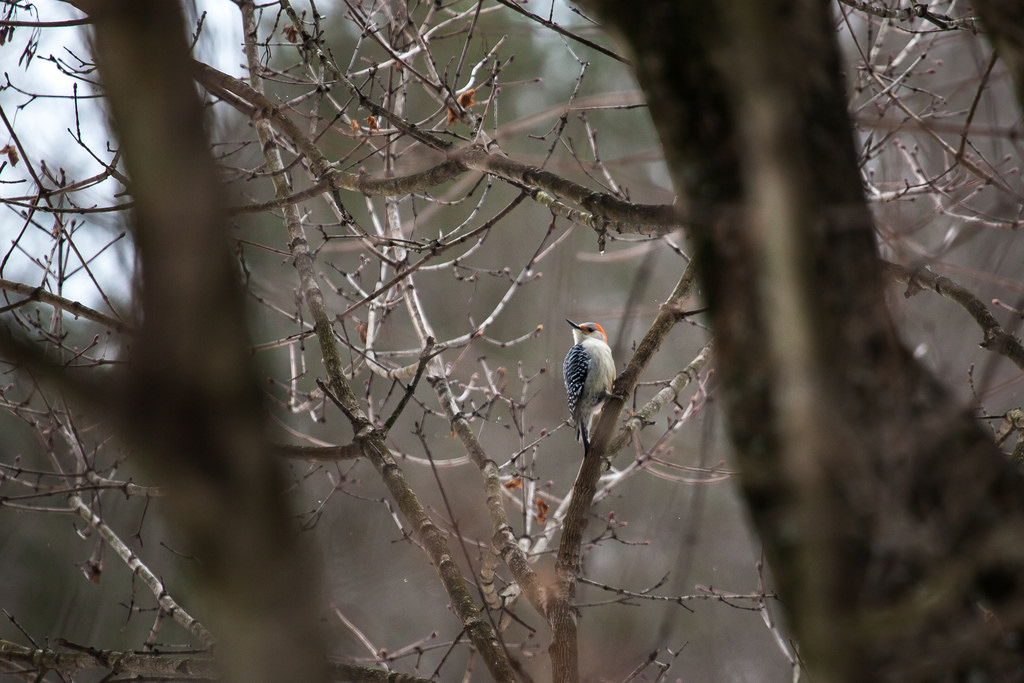
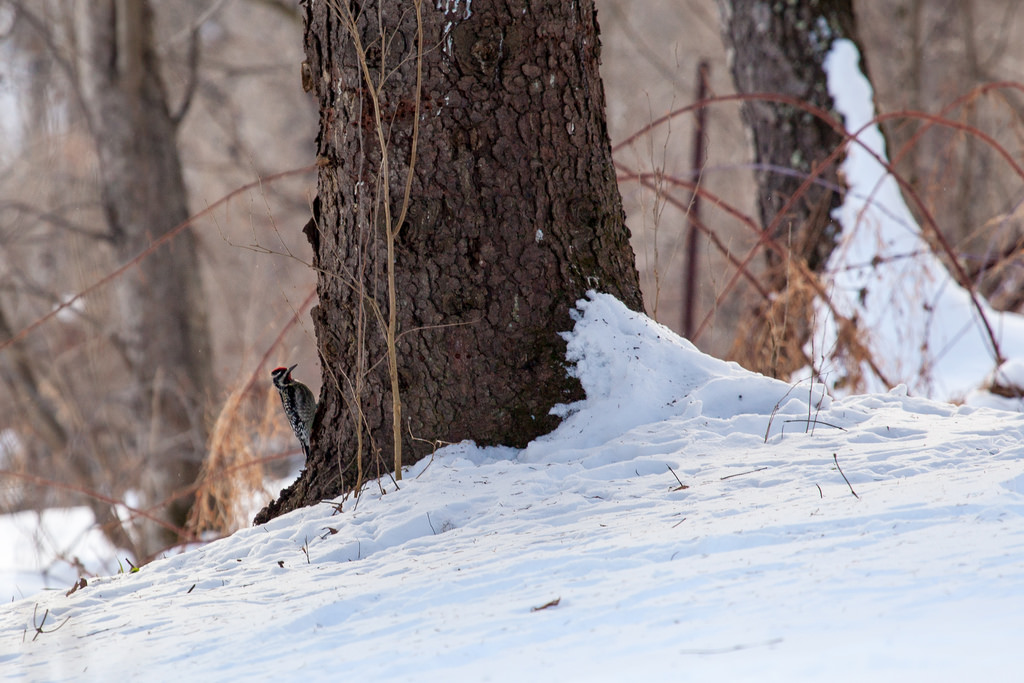
Forests make up 55 percent of the watershed and in winter support several species of woodpeckers, including the red-bellied woodpecker and the yellow-bellied sapsucker.
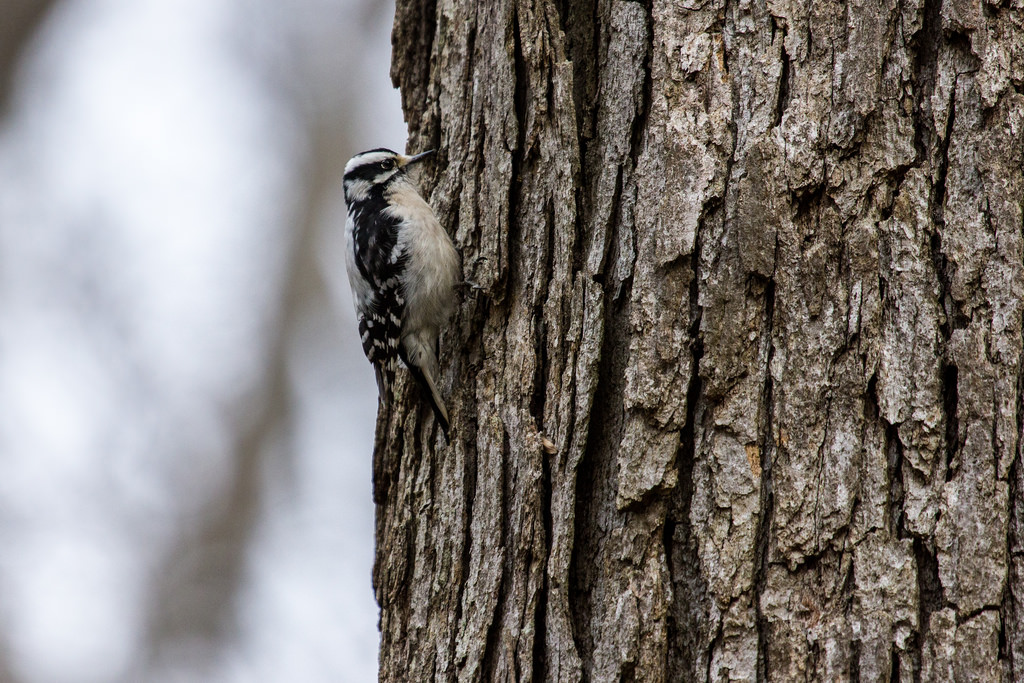
Downy woodpeckers are the smallest of all North American woodpeckers. They can be found clinging to trees and visiting backyard feeders near wooded areas.
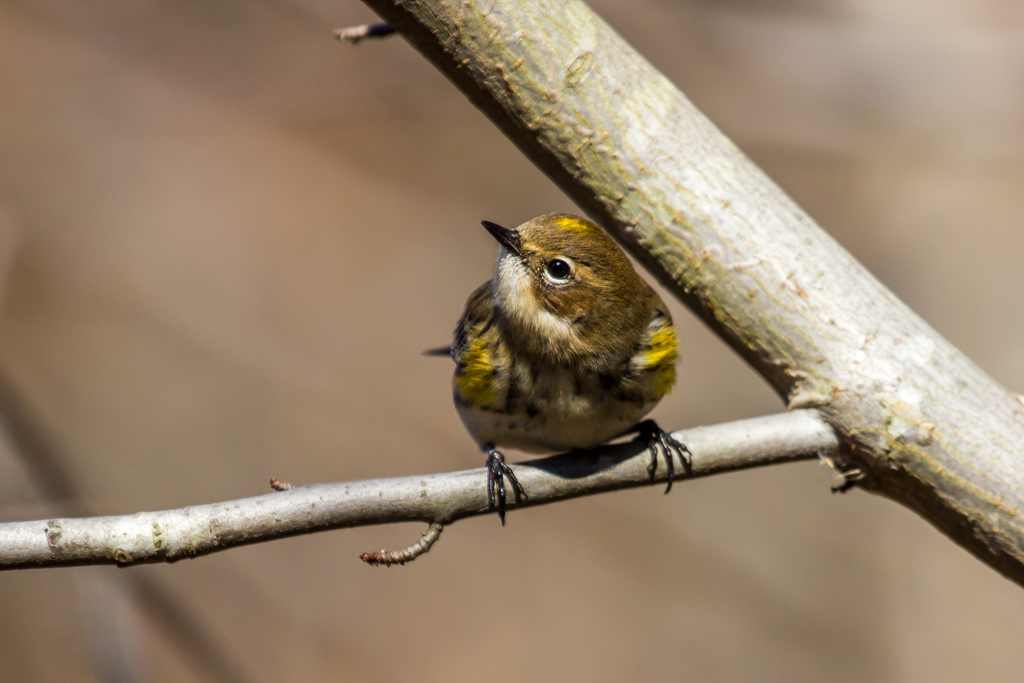
Several species of warblers live in the brushy areas of the watershed’s woods, but only the yellow-rumped warbler remains in the region through the winter. Warblers feed mainly on insects, but have adapted to eat fruit—particularly bayberries—during cold months.
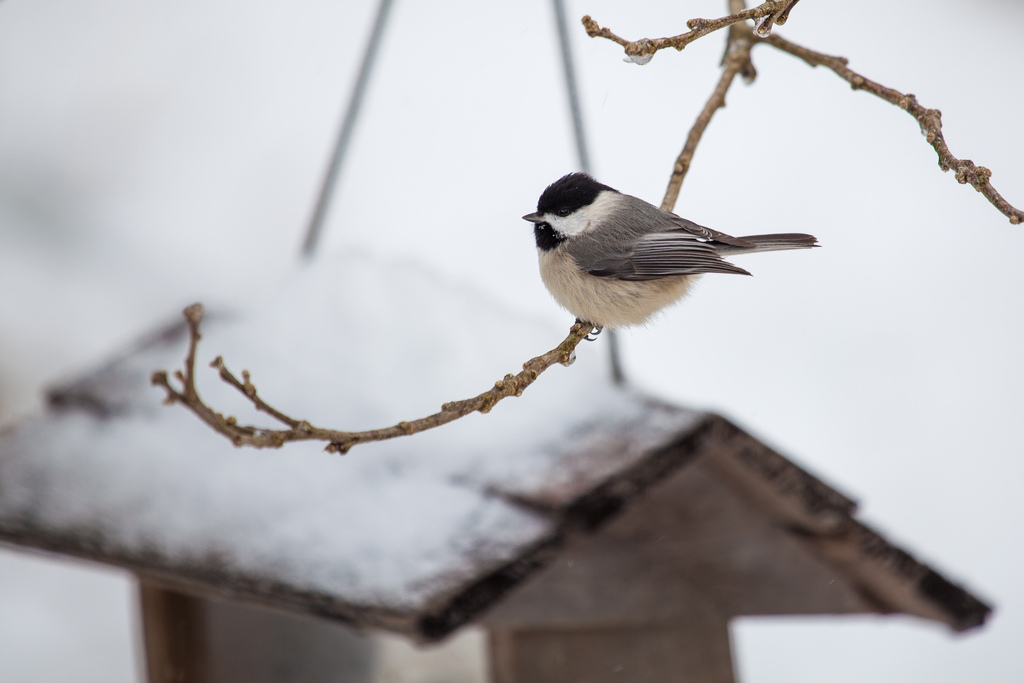
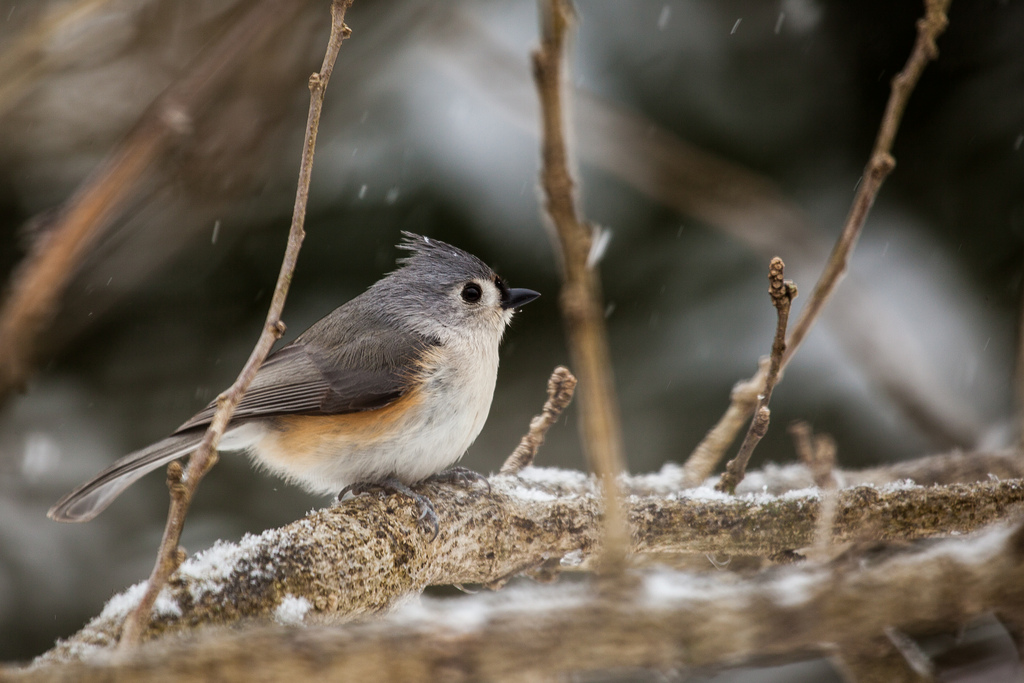
Passerines or perching birds like the northern cardinal, black-capped chickadee and tufted titmouse are common throughout the watershed and, thanks to their tendency to visit backyard bird feeders, can provide an accessible and rewarding wildlife viewing experience.
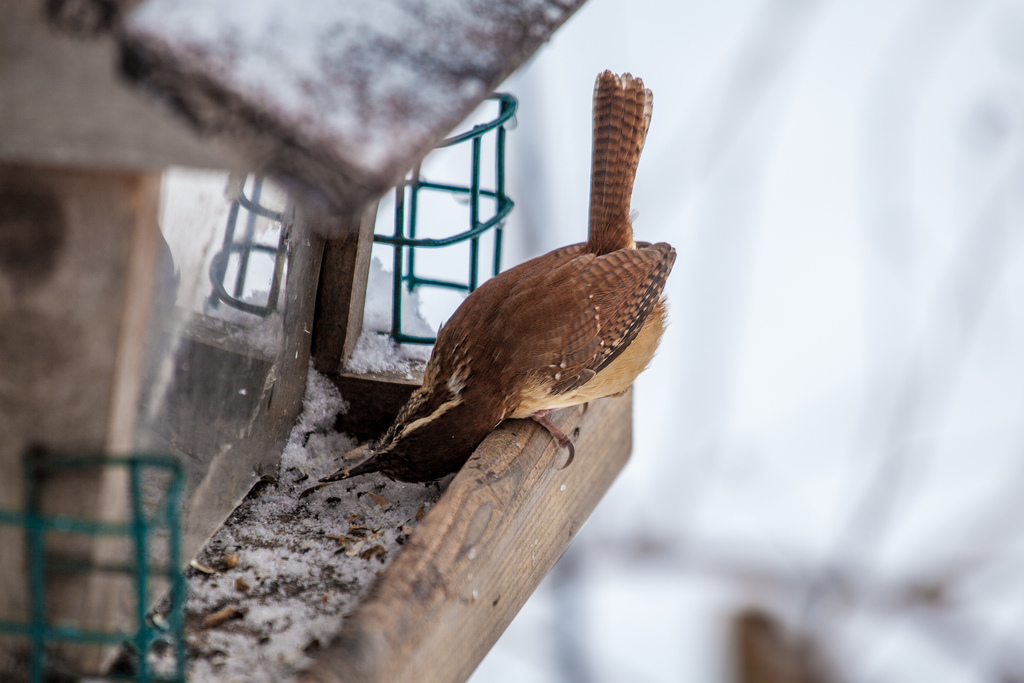
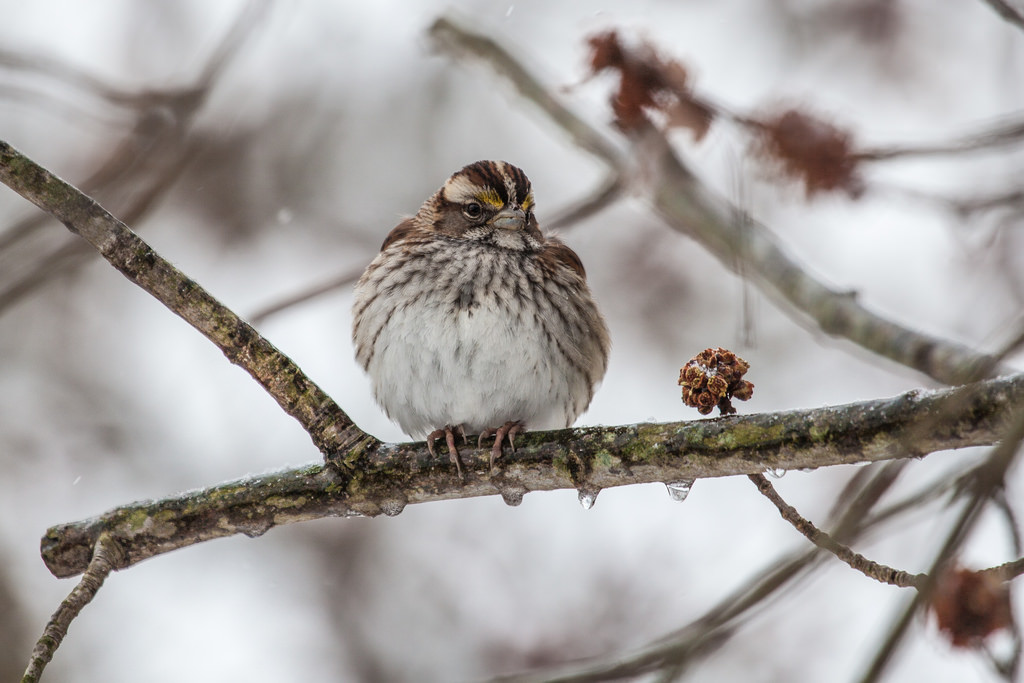
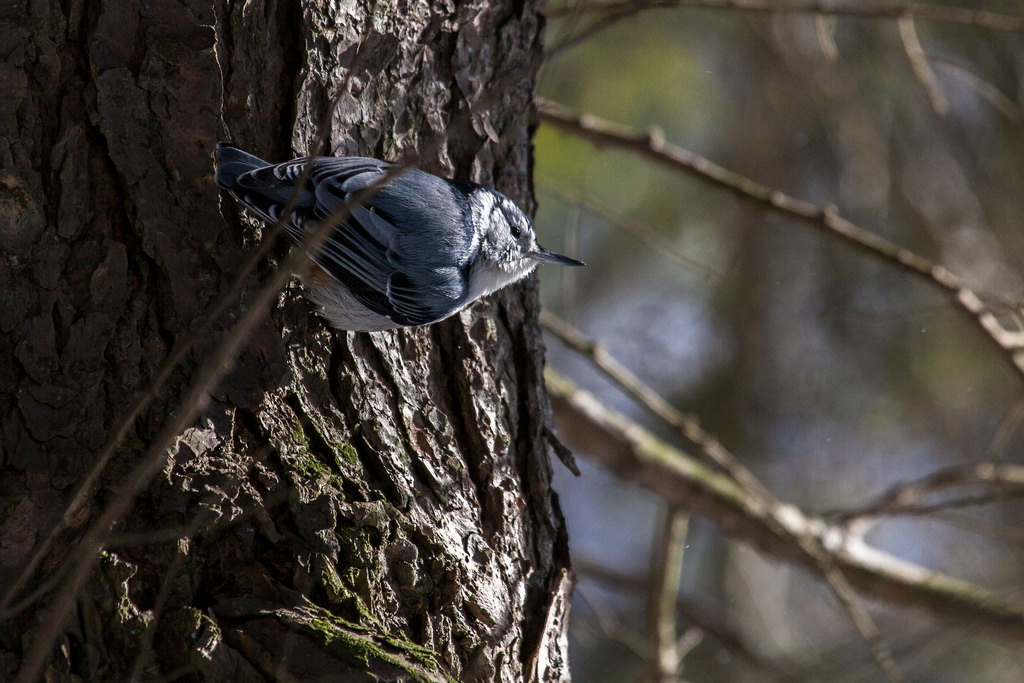
Each with its own unique song and behavior, birds like the Carolina wren, white-throated sparrow and white-breasted nuthatch also frequent backyard bird feeders during winter months when their natural food sources of seeds, fruit, nectar and insects are scarce.
To learn more about wildlife in the Chesapeake Bay watershed, visit our online Field Guide.
To view more photos in this set, visit the Chesapeake Bay Program Flickr page.
Captions by Jenna Valente.

Comments
Wonderful pictures! I've seen almost all of these this past winter either in MD in my backyard or on the way to the Southern Jersey shore. Thanks for sharing!
Wonderful! Thanks for sharing!
Thank you!
Your comment has been received. Before it can be published, the comment will be reviewed by our team to ensure it adheres with our rules of engagement.
Back to recent stories